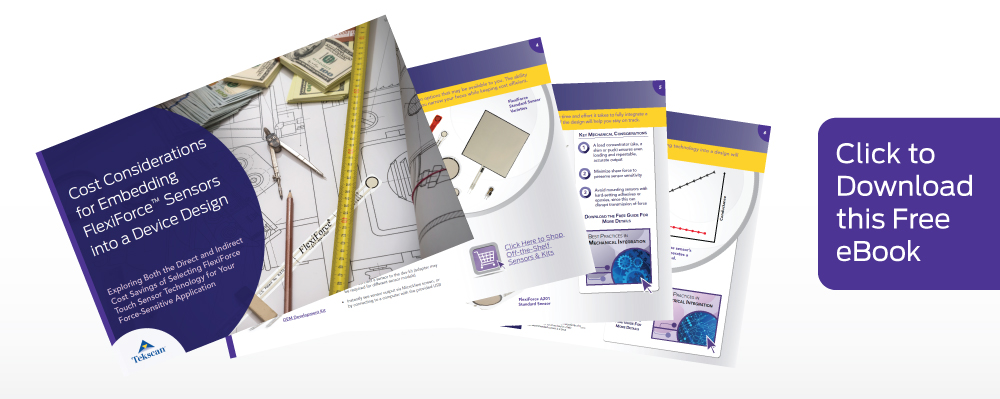Methods to Connect Your Embedded FlexiForce Sensor
One of the more common questions we receive is around the topic of connecting (AKA, terminating) FlexiForce™ sensors. Even though our Standard Sensors are connected with crimped pins (shown below), design limitations -- such as budget, or space within a device -- may require you to consider different methods.
As our Applications Engineers will tell you, there are actually several ways to customize how you connect your embedded FlexiForce sensor to a power source. We've worked with hundreds of customers to help them determine the best connection methods to maximize their embedded force sensor investment.
Here are some of the options available to you:
| Connection Type | Image | Description | Application Summary |
|---|---|---|---|
| Open Tail A |  |
Silver contacts on opposing sides |
Ideal for applications where custom terminations will be developed and implemented by user. Direct-to-board (conductive pads on top and bottom), flex circuits, custom contacts or housings are examples of connection methods that can be used with this termination type. Conductive epoxy or anisotropic Z-axis adhesive can be used in conjunction with this termination type for direct to board or flex circuit connection methods. Mechanical clamping mechanism at board contact is recommended to ensure continuity. |
| Open Tail B* | 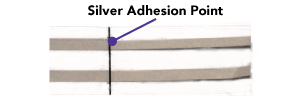 |
Silver contacts on a single side |
Ideal for direct-to-board connection when used in conjunction with conductive epoxy or anisotropic Z-Axis adhesive or film. If direct to board approach is used, then a mechanical clamping mechanism at board contact is recommended to ensure continuity. |
| ZIF Without Overcoat* | 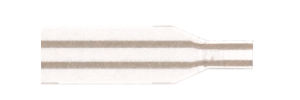 |
Sensor contacts on single side with exposed sliver and stiffener backing | Zero Insertion Force (ZIF) termination is ideal for designs where a low connector thickness profile is required. Designed for use in conjunction with ZIF connectors. Recommended in use cases where the sensor will undergo single insertion to connector. |
| ZIF With Overcoat* | 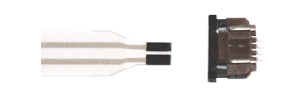 |
Sensor contacts on single side with overcoat and stiffener backing | Zero Insertion Force (ZIF) termination is ideal for designs where a low connector thickness profile is required. Designed for use in conjunction with ZIF connectors. Carbon overcoat ads durability to sensor termination in cases where the sensor will undergo multiple insertions. |
| Crimped Contacts | 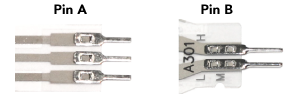 |
Pins crimped through silver traces on standard construction designs | Crimped pins that allow customers to solder leads, solder to PCB, or insert directly into compatible connectors or housings. Tekscan offers two types of these pins. Pin A is ideal for soldering, pin B is ideal for mating with connectors and can be soldered as well. Contact a Tekscan Applications Engineer for all soldering best practices and recommendations. |
| Crimped Housings | 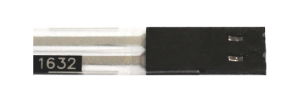 |
Housings crimped through silver traces on standard construction designs | Crimped housings that allow customers to connect to wire leads, flex cables, or PCB headers. Available in male or female. |
*These connection types employ the use of a transfer spot in the sensor's construction. Consult with a Tekscan Applications Engineer to ensure proper considerations made in your design.
The freedom to customize how you will connect your FlexiForce sensor to suit your application's needs represents just one of many examples of how choosing FlexiForce sensors for your embedded force-sensing application can help you design to spec, on time, and on budget. Download this free eBook to learn more!

